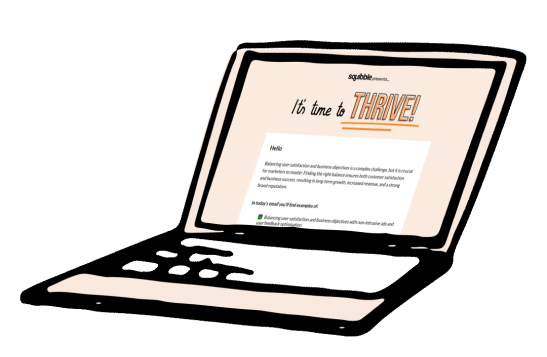Can you see the wood for the trees? Are you being a bit short-sighted? Perhaps you’re experiencing tunnel vision?
These clichés all exist to describe the familiar scenario in which a person is too close to something to understand it fully. This is a risk in any project, and web design is no different: anyone who spends ages slaving over a site knows the feeling: once it’s done, the necessary objective point of view might best come from outside.
What’s The Point?
Of course, there is no replacing a business’s self-knowledge. A website should be a full expression of the organisation it represents – and that means that the staff who know it best are in prime position to inform the development process … and keep it on track.
By the same token, however, the intended audience of a business’s website is rarely the people who work for it. This means it can be invaluable to understand from an external perspective how the website comes across.
Does the content structure make sense? Is that user interface sufficiently intuitive? Can a particular page be found easily and quickly? These questions really matter to any site – and a designer often only knows their answers for sure when an impartial opinion is sought.

When To Get Feedback
Feedback is always useful. But there are often particular junctures when it makes most sense to seek out external opinion.
First, get some outside input from day one: feed some impartial observations into your brief, ensure that your potential audience is part of the design process at the earliest opportunity. Secondly, when the site is complete but yet to launch, send a test link out to some trusted individuals – if they spot something glaringly bad, you can fix it before anyone else sees it!
And finally, don’t be afraid of post-launch feedback: in an ideal world, a website will be perfect … but in reality they are usually works in progress. If you receive some suggestions once the site is live, incorporate them into the next update. Respond to your audience.
Who To Ask – and How
From focus group to questionnaire respondent, feedback is so valuable that sourcing it can often seem a minefield. The truth, though, is that all sorts of individuals can offer really useful thoughts: new customers, old customers, employees, friends, mentors, family. The more people that are involved, the more varied the feedback will be – and thus the more holistic.
If they haven’t previously been involved in the project, great: admin staff will notice things the Director of Communications won’t; a customer whose preferences have merely been assumed as part of the design process may in reality surprise you.
Critically, make sure that your pool of responders reflects your intended audience: make it as broad-based as possible, of course, but prioritise understanding how the site will be experienced by the people for whom its built. Ask specific questions but not too many; delve deep, but don’t over-burden people. Getting good feedback means asking a range of people a set of questions they feel they have time to answer well.
Don’t Skip This Step!
In case you’ve read through this blog post and are now just about to forget it: don’t! Feedback is crucial, and impartial feedback invaluable. At Squibble, we make it a key part of all our projects. Drop us a line to discuss why in greater detail – it’ll make your website better.






